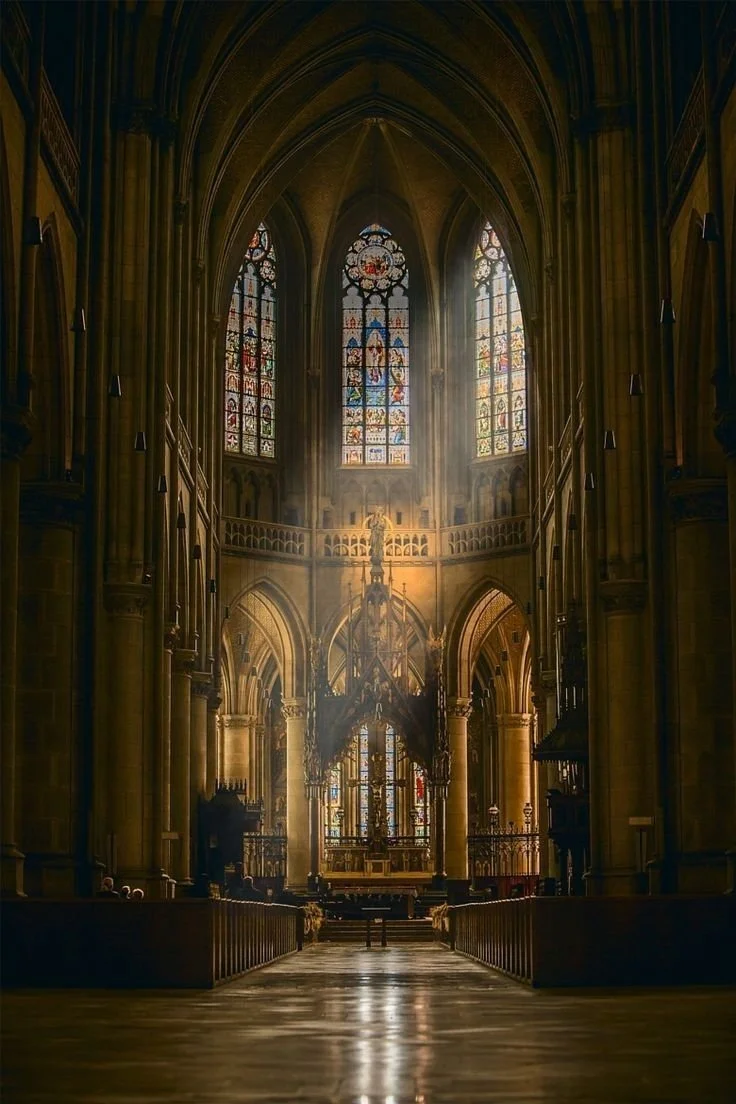Musings on Deconstruction of Christianity within Christian Circles
Deconstruction and the Loss of Depth
Much of contemporary Evangelicalism emerged as a reaction against lifeless institutional religion. Movements like Billy Graham’s crusades and Calvary Chapel’s revivalism brought millions to faith, emphasizing the inner experience of the Christian spirituality. Although God used them powerfully, oftentimes this came with a negative effect: we started to pejoratively speak of any external expression of our faith. Postmodernism goes hand-in-hand with this movement. Reverence came to be seen as disingenuous pietism, there was a merging of the sacred and the common, church architecture in well-to-do countries became less glorious, worship services look no different than concerts. And the average Protestant Christian’s understanding of Church history goes somewhat like this: There was the faithful early church, then somewhere in the Middle Ages all went south, and then the Reformers made things right again.”
In reacting against formality, some branches of Evangelicalism have lost depth, structure, and historical continuity.
Now, many believers are rediscovering the richness of ancient, liturgical, and sacramental traditions. They crave rootedness, holiness, and mystery. In a postmodern world that prizes self-expression and deconstruction, sacred structure feels refreshing. People are tired of endless flattening and removal of any form of outward expressions of spirituality; they want faith that feels real again—anchored, reverent, and alive.
Soli Deo Gloria.
